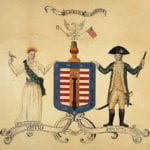 Technology
Technology  Technology
Technology  Humans
Humans 10 Everyday Human Behaviors That Are Actually Survival Instincts
 Animals
Animals 10 Animals That Humiliated and Harmed Historical Leaders
 History
History 10 Most Influential Protests in Modern History
 Creepy
Creepy 10 More Representations of Death from Myth, Legend, and Folktale
 Technology
Technology 10 Scientific Breakthroughs of 2025 That’ll Change Everything
 Our World
Our World 10 Ways Icelandic Culture Makes Other Countries Look Boring
 Misconceptions
Misconceptions 10 Common Misconceptions About the Victorian Era
 Mysteries
Mysteries 10 Strange Unexplained Mysteries of 2025
 Miscellaneous
Miscellaneous 10 of History’s Most Bell-Ringing Finishing Moves
 Technology
Technology Top 10 Everyday Tech Buzzwords That Hide a Darker Past
 Humans
Humans 10 Everyday Human Behaviors That Are Actually Survival Instincts
 Animals
Animals 10 Animals That Humiliated and Harmed Historical Leaders
Who's Behind Listverse?

Jamie Frater
Head Editor
Jamie founded Listverse due to an insatiable desire to share fascinating, obscure, and bizarre facts. He has been a guest speaker on numerous national radio and television stations and is a five time published author.
More About Us History
History 10 Most Influential Protests in Modern History
 Creepy
Creepy 10 More Representations of Death from Myth, Legend, and Folktale
 Technology
Technology 10 Scientific Breakthroughs of 2025 That’ll Change Everything
 Our World
Our World 10 Ways Icelandic Culture Makes Other Countries Look Boring
 Misconceptions
Misconceptions 10 Common Misconceptions About the Victorian Era
 Mysteries
Mysteries 10 Strange Unexplained Mysteries of 2025
 Miscellaneous
Miscellaneous 10 of History’s Most Bell-Ringing Finishing Moves
10 Attempts to Use Magic and the Supernatural to Win Wars
Anyone who has sat through a course on medieval history knows that there was once a time when people believed in the power of magic, as a tool that could be used to crush their enemies. Eventually people realized how silly such ideas were—and ultimately, magic on the battlefield became limited to nerds LARPing around a local park, the only real magic employed being a powerful anti-coitus charm.
Or so at least you would think. Here are ten real cases of modern governments that tried to harness magic in order to win real wars.
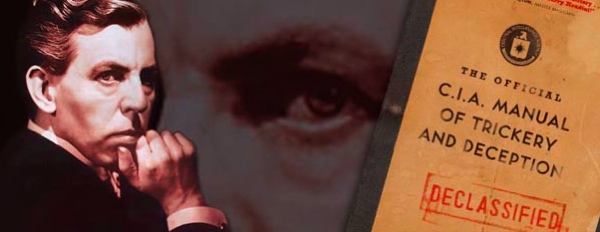
Sleight of hand is cool and all, but you would never expect anyone to employ a guy like Penn Jillette as an advisor to one of the most powerful organizations in the world. Of course, when we are talking about the Central Intelligence Agency, anything is possible. That’s why during the Cold War, the CIA hired illusionist John Mulholland to write an official manual that would teach its operatives the same sort of sleight of hand he used in his shows.
Called “The Official CIA Manual of Trickery and Deception,” the manual taught agents to use misdirection and hidden compartments, and also to use seemingly hidden signals—such as the way a shoe was tied—when working in the field. Of course, the CIA was not interested so much in earning the “oohs” and “ahhs” of a crowd, but something more along the lines of drugging people by discreetly slipping something into their drink. Bear in mind that this is the same CIA which attempted to use LSD for the purposes of mind control; apparently, everything was fair game for these nut-cases.
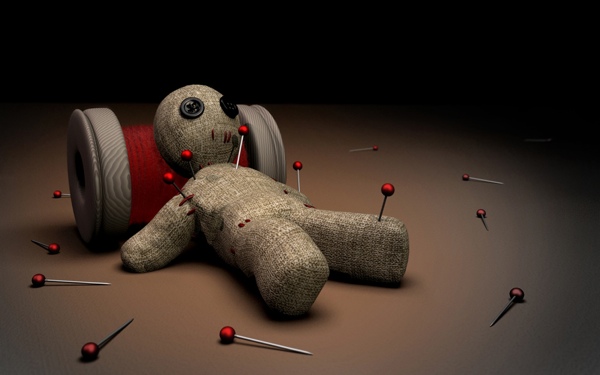
This one is a bit different because it’s not about a war in the traditional sense, but rather the so-called “war on drugs”. There have been a tremendous number of casualties in that particular war, at least partially because the battlefield is Mexico. The battle being waged along the US/Mexico border is one of the bloodiest ongoing “war” efforts in the world, with the drug cartels taking lives at an alarming rate. That’s why Mexican officials decided that they could do with a little outside-the-box thinking.
Specifically, they turned to voodoo. In 2010, police in Tijuana were at such a loss as to how they might combat the cartels—and so afraid for the safety of their officers—that they actually turned to ritualistic animal sacrifice in order to turn the tide. As a part of this attempt at harnessing voodoo magic, priests killed chickens under a full moon and proceeded to smear the blood on the police as a sort of protection spell. Some of the police believe it worked, too—claiming that while guns and body armor are ineffective, faith never fails. Even if it’s faith in cutting the heads off chickens and invoking spirits.
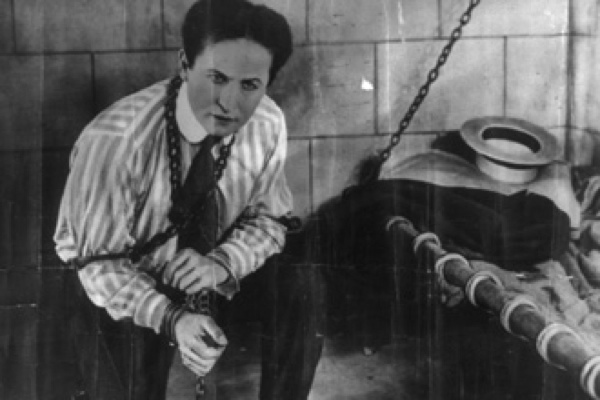
While the other entries on this list are all well-documented, we will say up front that there are no official records that Harry Houdini ever worked as a spy. However, in 2006 a biography was released claiming to have been written with the help of over 700,000 pages of information collected over the years, with all signs pointing to the alleged fact that history’s most famous magician did spy for Scotland Yard and the American government from time to time.
The book claims that Houdini worked closely with William Melville, a British spy who worked at Scotland Yard at the same time Houdini is said to have aided them. Apparently, Houdini would use his act as a cover to travel the world collecting secret information for law enforcement officials, including secret service agencies in both Britain and the US.

World War II, it would seem, was a wacky time for military strategy. Considering how many schemes involving magical shenanigans took place, it feels in retrospect like those Indiana Jones movies might have been onto something after all. Part of that is due to the fact that Hitler and the Nazis were obsessed with the occult, and that they held a strong belief in the validity of astrological charts.
The British knew this very well, and employed an astrologer named Louis de Wohl to concoct false horoscopes in order to try to throw off the Nazis and get a glimpse into their mindsets. Churchill himself sent de Wohl to America with the aim of convincing the US to join the war effort, but after Pearl Harbor his services were rendered unnecessary.
Declassified documents show that MI5 later came to regret his involvement in any of their efforts, because apparently they figured out that he was full of crap. Considering that’s precisely what they hired him to invent in the first place—crap—it’s a little shocking that Britain’s top spies took so long to sort that out for themselves.
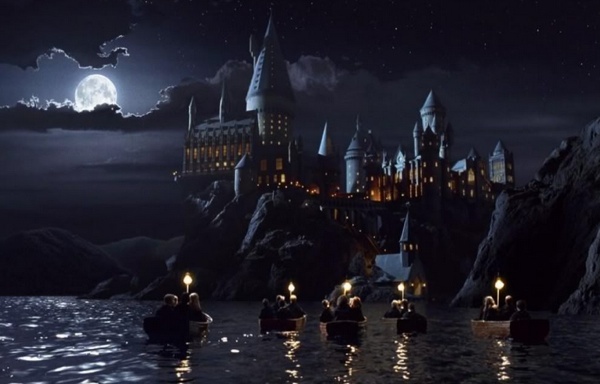
When you think about it, it makes sense that the British would partake in supernatural dealings, considering it has access to the Ministry of Magic and a school of wizards. Or was that Harry Potter?
Well, it turns out that the British government takes the whole “magic” thing more seriously than you’d expect. In 2002, the Ministry of Defense conducted a study to determine whether or not soldiers could be trained to become psychics. The goal was to have psychic soldiers working to find WMDs or even Bin Laden himself. If you’re from the UK, keep this in mind that you were probably paying taxes right around that time.
Following the attack on the World Trade Center and the rise of Osama Bin Laden as public enemy number one, the Ministry tried to hire “real” psychics to participate in the tests. Perhaps not wanting to be exposed as the frauds they most likely are, they declined—so some regular people decided to take advantage of the scheme, and get some easy money by partaking in the research. They quickly proved what we all could have guessed: that none of them were any more “psychic” than a rusty doorknob.
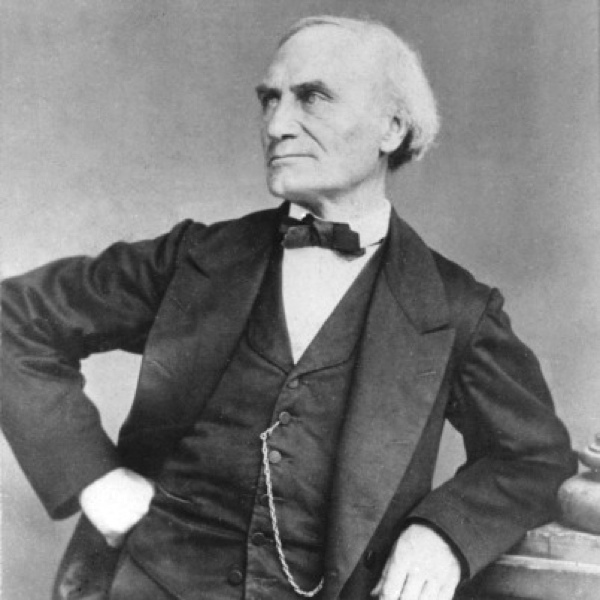
Jean Eugene Robert-Houdin is one of the most fabled illusionists of all-time. If you’re thinking his name sounds familiar, that could very well be due to the fact that a certain aspiring escape artist from Budapest named Erik Weisz so idolized the man that his stage name, Harry Houdini, was inspired by him. And that’s why, in 1856, Napoleon III summoned Robert-Houdin and sent him to French Algeria to serve his country by—oh, you know—stopping a revolution with magic tricks.
It turns out that there were some troublemaking Marabouts in Algeria who claimed to be “wizards,” and who used flashy displays of magical theatrics to influence the general population. It was right around this time that Napoleon III—sensing that the people of Algeria were both about to revolt and easily entertained—decided to fight fire with fire. According to his own memoirs, Robert-Houdin was dispatched to Algeria to put on a series of performances, and it was made sure that the very Marabouts contemplating revolution would be in attendance to see this great “French wizard” who, we’re just going to assume, didn’t even know the first thing about Quidditch.
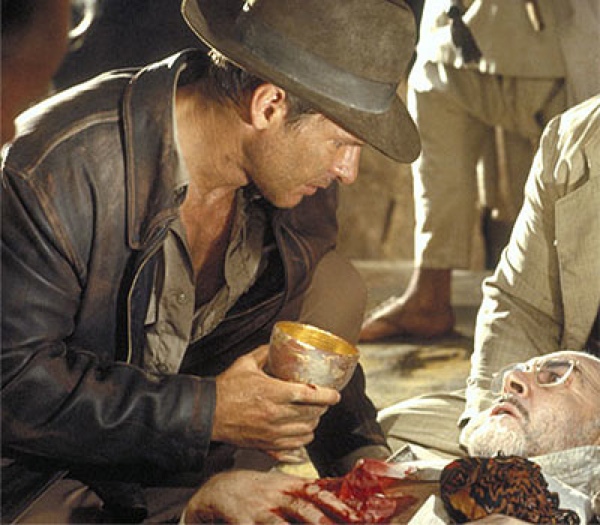
Well, since we’ve already mentioned Indiana Jones and the Nazi obsession with the occult, why not jump straight into an actual Indy adventure and let you know that yes, to an extent, it was based on a real thing? Okay, so maybe the Nazis never met an ageless knight or battled Harrison Ford—but apparently they really did search for the Holy Grail, among other religious artifacts. The quest for the Holy Grail was so important to the Nazis that Heinrich Himmler himself led the search.
Himmler, the head of the SS, believed along with many other high-ranking Nazis that Jesus Christ was not in fact Jewish, but Aryan. He also believed that finding the cup of Christ would make him a supernatural being and enable him to win the war for Germany. Himmler and the Nazis believed that they had tracked the Grail to an abbey in Spain because some ancient folk song vaguely mentions something that could be construed as a life giving cup. At least, that’s how it could be construed if you’re a complete lunatic, which is precisely what led Himmler there in what would turn out to be an entirely fruitless endeavor.
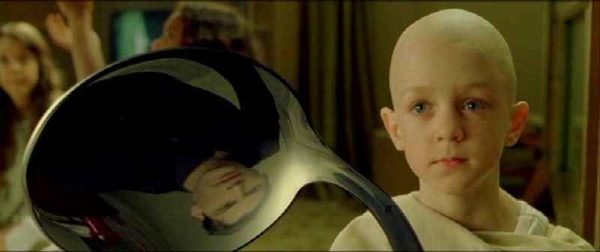
Any survey of World War Two and the Cold War will eventually hit upon the fact that some people in the government and military were a little nutty—probably due to their obsession with winning. That’s why we’ve seen so many bizarre schemes by Nazi and Allied forces alike, and that’s why the Cold War churned out some equally strange attempts to harness the unknown. Both the Americans and the Soviets attempted to use mind powers—but each for different purposes. We will get to the American attempts in a minute. For now, let’s talk about the Soviet attempt to harness psychokinesis.
The Soviets were so serious about harnessing mind powers that psychokinesis was actually available for study at the Institute for Brain Research at Leningrad State University. By all accounts, the Soviets had been interested in telepathy and psychokinesis since the 1920s, largely because communicating with thoughts was cheaper than buying any expensive radio equipment. One of the main reasons why they hoped to train their soldiers in psychokinesis was so that they might deflect ICBMs using only their minds—because actual defense systems cost a lot of rubles, too.

The most famous instance of any magician helping to win a war is Jasper Maskelyne and the numerous ways he aided the Allies during World War Two. Maskelyne’s exploits are well documented, and so preposterous yet awesome that a movie about his service has long been gestating, based on a biography called The War Magician. One of the ways Maskelyne helped aid the Allies was with the Camouflage Project. The Camouflage Project was exactly what it sounds like: an effort to deceive the Nazis and help win the war.
Maskelyne took on perhaps the most daunting task of this project: hiding the Suez Canal. That’s not exactly like hiding a salami—or even a tank, for that matter—but Maskelyne found a way to make it happen anyway. After joining the Royal Engineers in 1940, he used equipment known as “dazzle lights” to make the Suez Canal apparently disappear, in order to confuse German bombers. These dazzle lights rotated and made blinding cone shaped patterns that spanned miles—making it impossible for anyone to spot the canal from overhead.
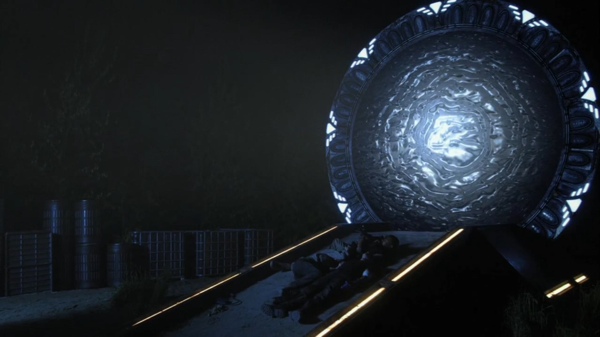
When you first see the name of the Stargate Project, you will probably get excited and imagine it’s a giant circle that transports you to other worlds, just like in the movie and TV show of the same name. Well, we hate to burst your bubble, but that’s not at all what the Stargate Project was really about. No, the Stargate Project refers to that whole Cold War power-of-the-mind stuff we referred to earlier. Specifically (in the case of the United States): remote viewing. You may already know about this project without realizing it. Ever heard of the book and movie called The Men Who Stare at Goats? If so, well, you’re already familiar with the Stargate Project, and with remote viewing.
The Stargate Project took place towards the end of the Cold War, and the Pentagon spent more than $20 million on it. Remote viewing is pretty much exactly what it sounds like: it is an attempt to see faraway things using the power of your mind—and yes, that is something that the US government actually spent taxpayer dollars on for many years.
Colonel John Alexander, who served in Special Forces in Vietnam, apparently tried for decades to get the US to pursue remote viewing as a possibility, and apparently finally wore them down.





